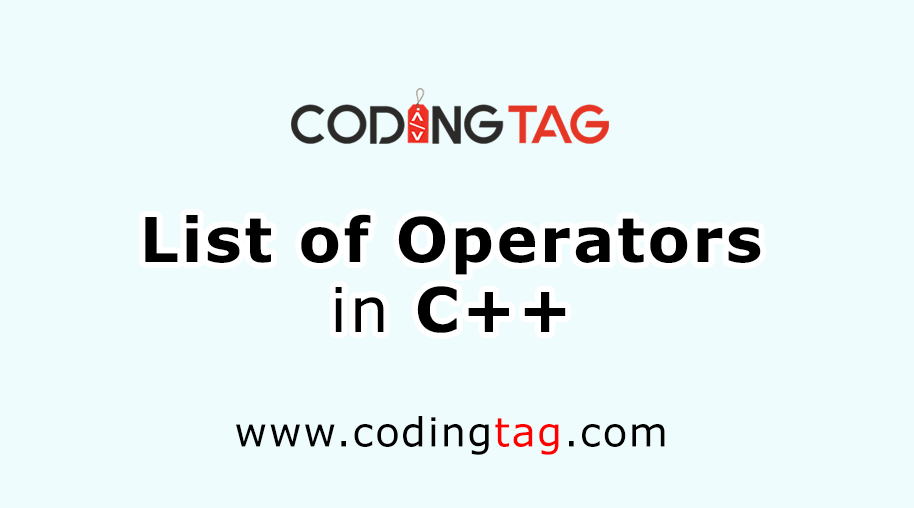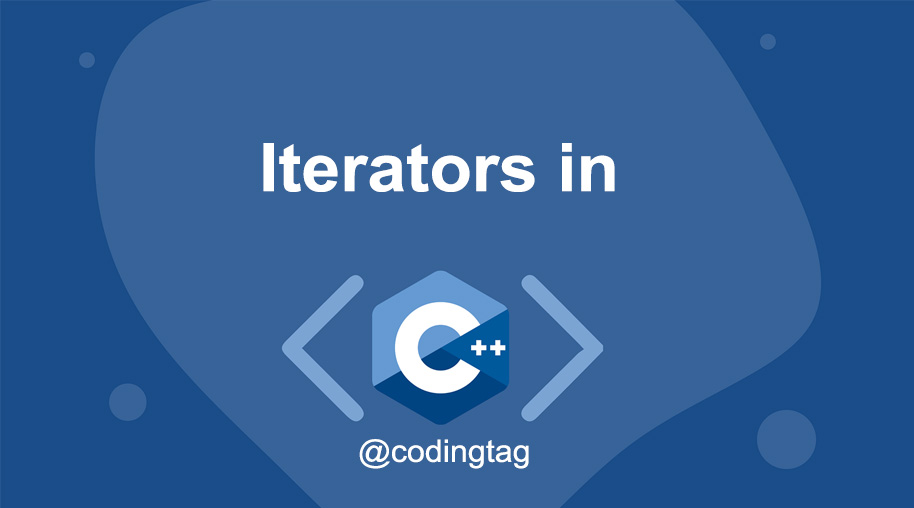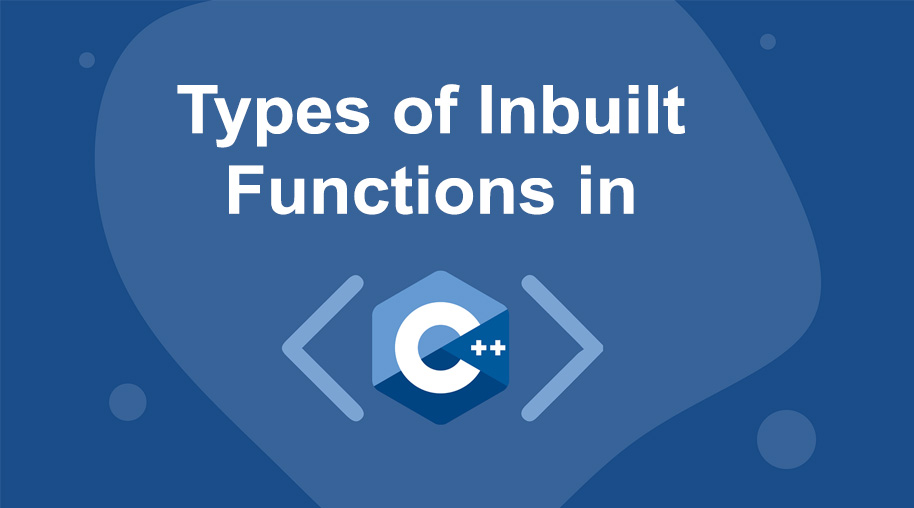Date in C++
0 842
Managing date and time is an essential part of many applications. Whether you're building a scheduling app or logging timestamps, C++ provides a set of tools to work with date and time efficiently using the <ctime> header. In this blog, we'll explore how to get the current date and time, format it, and understand its structure in C++.
Getting the Current Date and Time
C++ uses the C-style time library <ctime> to handle date and time operations. The most common way to get the current system time is by using the time() and localtime() functions.
#include <iostream>
#include <ctime>
using namespace std;
int main() {
time_t currentTime = time(0); // Get current time
char* dt = ctime(¤tTime); // Convert to string
cout << "The current local time is: " << dt;
return 0;
}
This code retrieves the current system time and formats it as a readable string using ctime().
Understanding time_t and tm Structures
- time_t: A data type used to store time values as the number of seconds since January 1, 1970 (known as the Unix epoch).
- tm: A structure that holds time in a more readable format with fields like year, month, day, hour, etc.
Using localtime() to Break Down Time
To get a detailed breakdown of the current time, you can convert a time_t value to a tm structure using localtime():
#include <iostream>
#include <ctime>
using namespace std;
int main() {
time_t now = time(0);
tm *ltm = localtime(&now);
cout << "Year: " << 1900 + ltm->tm_year << endl;
cout << "Month: " << 1 + ltm->tm_mon << endl;
cout << "Day: " << ltm->tm_mday << endl;
cout << "Time: " << ltm->tm_hour << ":"
<< ltm->tm_min << ":"
<< ltm->tm_sec << endl;
return 0;
}
Here, we extract each component of the date and time using fields of the tm structure:
tm_yearis the number of years since 1900tm_monis the month (0–11)tm_mdayis the day of the monthtm_hour,tm_min, andtm_secare the time components
Formatting Date and Time
While the default output from ctime() is readable, you may want to customize the date format. This can be done manually using the tm structure values:
cout << "Formatted date: "
<< ltm->tm_mday << "-"
<< 1 + ltm->tm_mon << "-"
<< 1900 + ltm->tm_year << endl;
This prints the date in the format: DD-MM-YYYY.
Conclusion
C++ provides powerful tools for working with date and time through the <ctime> library. Whether you need the current timestamp or want to format and display date and time in a specific way, functions like time(), localtime(), and ctime() make it possible. For advanced date/time operations, you can also explore the C++20 <chrono> library.
For dedicated UPSC exam preparation, we highly recommend visiting www.iasmania.com. It offers well-structured resources, current affairs, and subject-wise notes tailored specifically for aspirants. Start your journey today!

Share:








Comments
Waiting for your comments